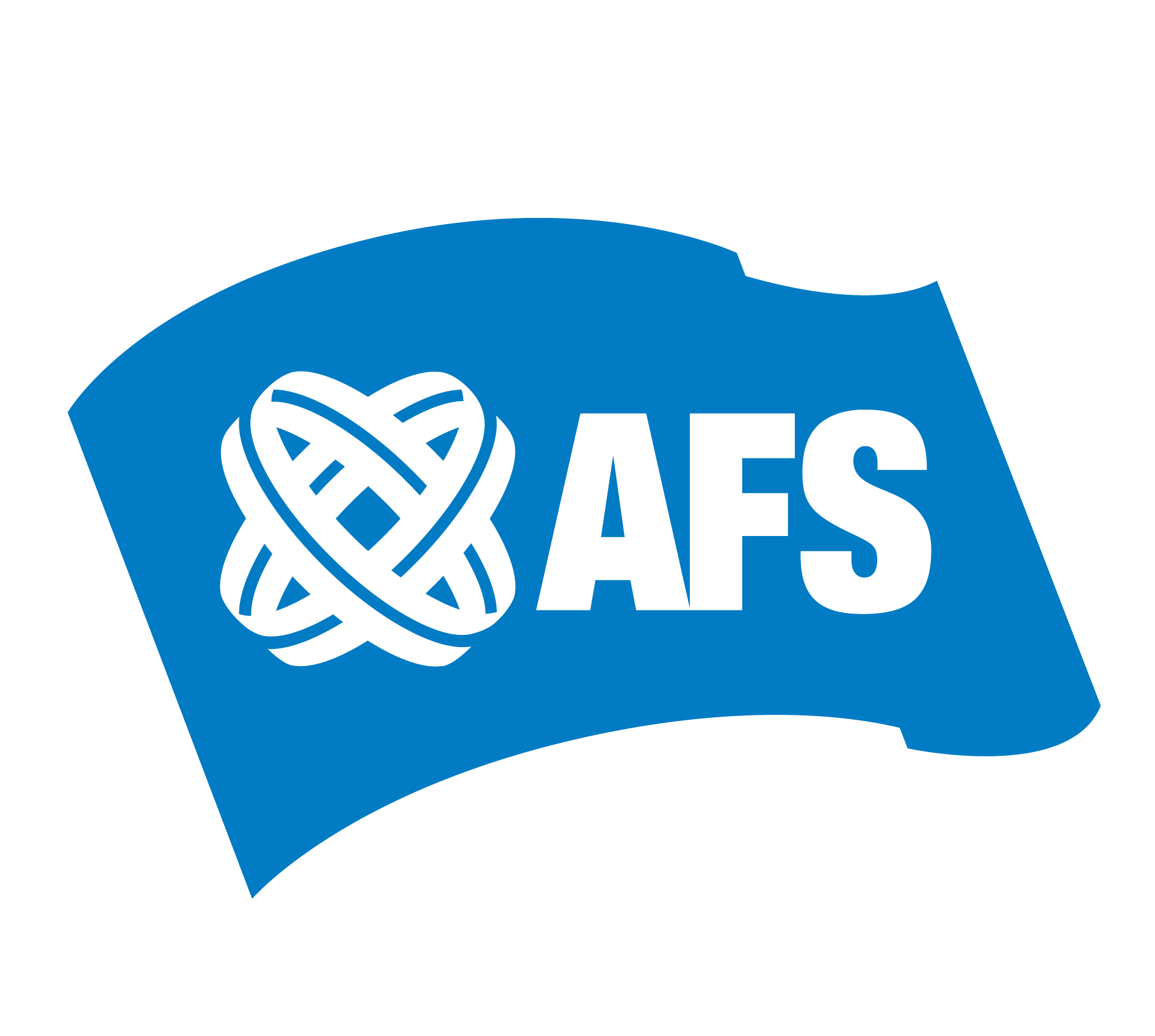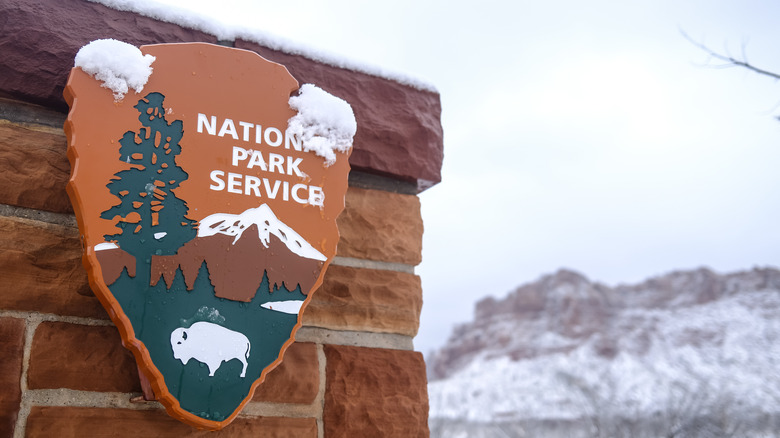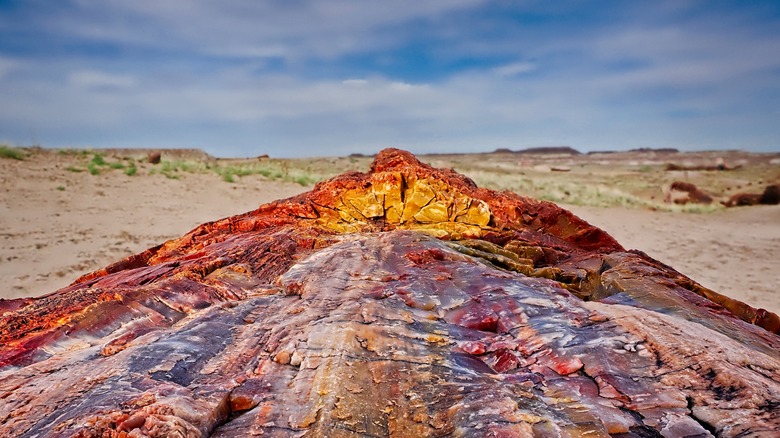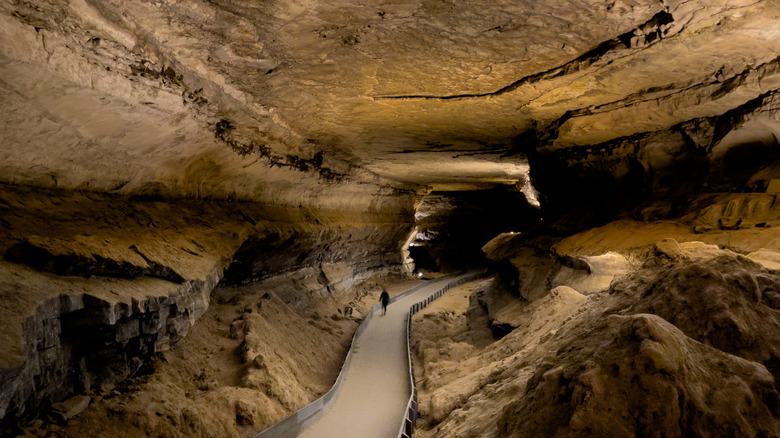America’s national parks are a testament to the country’s wild beauty, from the soaring granite cliff domes of Yosemite to the surreal sand dunes of White Sands in New Mexico. These protected lands draw millions of visitors eager to hike, camp, and marvel at nature’s dreamy outdoor playgrounds. In 2024, the National Park Service recorded 331.9 million visits, a 2% increase from the prior year, with most traveling to parks between May and September.
This surge in popularity however, brings significant challenges. Iconic parks like Yellowstone and Zion face massive overcrowding issues, leading to congested trails, gridlocked roads, strained scenic viewpoints, and experiences no longer feeling like an escape to the woods. Reservation systems can be confusing, often requiring months of planning or lottery systems, can sap spontaneity from the experiences and even opportunities. The result? A diminished visitor experience, with long waits and crowded vistas.
Overcrowding also raises environmental issues, from wildlife disruption to pollution, and strains on park infrastructure, staffing, and general safety. The symptoms of overtourism — resource damage, visitor conflicts, and delayed emergency responses — are increasingly evident. But what if there is a secret to escaping this chaos? Hidden within the national park system are “sleeper” parks, lesser-known gems offering the same awe-inspiring beauty without crowds or stress. These under-the-radar destinations promise a richer, quieter connection to nature, rivaling their famous counterparts.
Understanding sleeper national parks
A “sleeper” national park is one that flies under the radar, rarely drawing the crowds that flood household names like the Grand Canyon (with 4.9 million visitors in 2024) or the Great Smoky Mountains (the most-visited national park with 12.1 million in 2024). These parks are defined by low visitation, uncrowded trails and viewpoints, and a sense of discovery difficult to find at popular destinations. Unlike Yosemite or Zion, where reservations are often mandatory, sleeper parks typically require little planning, offering spontaneity and solitude. The term “sleeper” evokes hidden treasures — parks with stunning landscapes, rich wildlife, and unique experiences that match their famous peers but remain undiscovered by most.
Take Lassen Volcanic National Park near Redding California for example, which saw just 357,651 visitors in 2024. It’s known for its incredible geothermal features, lush forests, delightful meadows, rock climbing, sky blue lakes, volcanic peaks, and the largest plug dome volcano in the world! It offers visitors all the experiences they want from a frequented park: myriad hikes, alpine lakes to shimmy into, and adrenaline pumping sports action like rock climbing.
Comparable to nearby Yosemite, but without the planning and headaches. Sleeper parks appeal to those craving an authentic outdoor experience like remote hiking or backpacking, stargazing, or soaking in the untouched scenery. Their remoteness or lack of amenities might keep them off the typical tourist itinerary, but for park rangers and savvy travelers, these quieter havens are favorites for their deep connection to nature and solitude.




